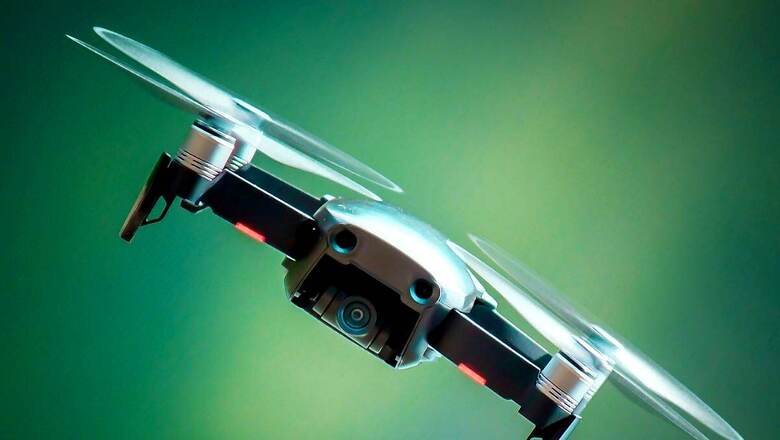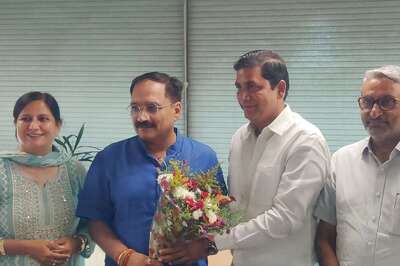
views
A drone survey of land, a “pivotal” project that began during the pandemic, is now nearing completion, providing the central government extensive data on land use, structure of homes and building material such as mud houses, thatched roofs and concrete buildings in inhabited areas across thousands of villages in the country.
Data for 25,000 villages is now fully ready and available with the government for implementation of several projects and schemes, while the survey is in various stages across 3.20 lakh villages, News18 has learnt. Some states, including Tamil Nadu, West Bengal, Bihar, Nagaland and Meghalaya, did not participate in the project, citing existing record of land rights in the states. Jharkhand, which initially participated in the project, withdrew later citing Chhota Nagpur tenancy Act, 1908.
Drone surveys have been completed in 2.95 lakh villages with the maps under process, while drones are now deployed in the remaining areas. At its peak, around 250 drones and AI were used extensively to filter information and process the maps with specific and precise details.
The project under the Ministry of Panchayati Raj has now become a powerful tool for the government, enabling targeted and effective policy-making. “Launched during the pandemic, this initiative is now delivering exclusive and specific data on urban and rural households, including the type of construction — be it mud, thatched, or cemented roofs,” said a senior IAS officer, serving in the ministry.
“It will significantly bolster key initiatives such as the PM’s Surya Ghar Yojana, Awas Yojana and drive nuanced economic strategies. We now know who has what type of house and how much space is there or if it is adequate to install solar panels for the Surya Ghar Yojana,” he added.
‘STRATEGICAL MASTERSTROKE’
Land and data experts said the initiative, which is part of the SVAMITVA survey, is a “strategic masterstroke”, which will enable the administration with precise information on rural and urban properties, including detailed structural scans (ortho scans) of homes with varying building materials, and land property data of the population.
A land and data consultant, who works with the ministry, said, “It is a step forward towards the Digital India project. This data is a goldmine for the government, enabling more informed planning for various ministries, including policies and schemes.”
The project initially started to provide the villagers with property cards or records of rights. However, the data that the ministry has collated now can be used for several central government schemes and projects.
“This move underscores the government’s commitment to leveraging data-driven approaches to enhance governance and development, marking a significant step forward in its political and administrative strategy,” said the consultant.

















Comments
0 comment